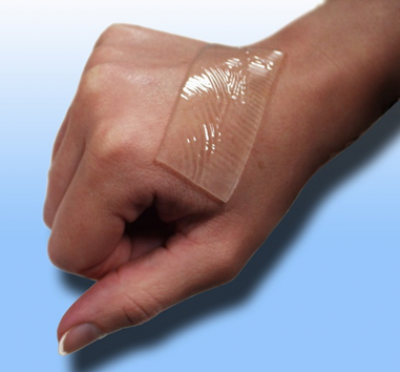
The shelves of drugstores and supermarkets are loaded with a variety of bandages and other first aid items, so it’s surprising how many people still get infections from untreated wounds. Small cuts and abrasions can be the start of something big, so they shouldn’t be ignored. They require immediate attention.
It’s hard to visualize the number of germs, some of them deadly, that are often on our skin and on the things we work with. These germs are just waiting to find an opening in the skin to enter the body and start trouble. When cuts occur, treat them right away. Don’t wait until break time or until you get home. Time is really an important factor.
Below are some guidelines for treating small cuts and abrasions:
-
Wash your hands. This helps avoid infection.
-
Stop the bleeding. Minor cuts and scrapes usually stop bleeding on their own. If not, apply gentle pressure with a sterile bandage or clean cloth and elevate the wound.
-
Clean the wound. Use clear water to rinse the wound. Thorough cleaning reduces the risk of infection and tetanus.
-
Apply an antibiotic. Apply a thin layer of an antibiotic cream or ointment to help keep the surface moist.
-
Cover the wound. Bandages can help keep the wound clean and keep harmful bacteria out. If the injury is just a minor scrape, or scratch, leave it uncovered.
-
Change the dressing. Do this at least once a day or whenever the bandage becomes wet or dirty.
-
Watch for signs of infection. See your doctor if the wound isn't healing or you notice any redness, increasing pain, drainage, warmth or swelling.
-
Report your injury. No matter how minor the injury may appear, report the incident and injury immediately to your supervisor. By doing so you are not only protecting yourself, but you are ensuring that the same accident will not happen to another co-worker!
Posted May 15, 2017
Return to Blog
